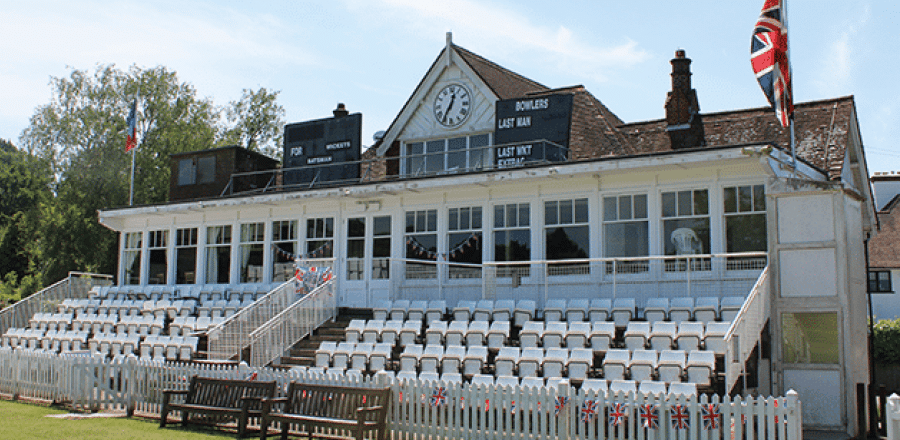As breast cancer awareness month begins, Charlie Bond finds out why there’s reason to be optimistic…
A year ago, I knew very little about breast cancer, other than Kylie Minogue once had it. Then, just before Christmas, my mum was diagnosed with the disease, and the last ten months have been an eye-opener, to say the least.
This October, as breast cancer awareness month arrives, I’m definitely a lot more clued up, but as the most common cancer in the UK, (about 55,000 people in the UK are diagnosed with it each year), it’s something that should be on all of our radars, because the chances are somebody you love could be affected at some point in their lives.
A breast cancer diagnosis will never seem good news, but there are definitely positives – survival rates are now at 95 per cent, and surgical techniques for reconstruction is always improving.
“Most people diagnosed in their 40s or 50s can expect to live another 30, 40 or even 50 years as a cancer survivor, so my biggest challenge is not beating the cancer, but making sure they have a body that enables them to look forward to their future with confidence,” says Dr Ritchie Chalmers, consultant at Nuffield Health Tunbridge Wells Hospital specialising in breast surgery and oncoplastic surgery.
With one in eight women likely to be diagnosed with breast cancer in her lifetime, it’s important we know the facts. I chatted to Dr Chalmers, pictured left, to find out more about breast cancer…
How should you check your breasts?
The key thing is to know your own breasts – they are all different shapes and sizes and they all feel different. You need to know what feels normal for you, and then be alert to any changes. Don’t be scared to feel them. In the shower, use some shower gel on the padded parts of the fingers to feel around the breasts and up into the armpit and up to the collar bone, as the breast tissue extends into this area. Feel for any lumpy/bumpy areas or thickened tissue. Check for redness, rashes on the skin or nipple and any swelling in the armpit area or along the collar bone. Look for changes to the nipple, for example if the nipple has become pulled inwards or has changed shape or position or if there is discharge from the nipple. And check in the mirror for any change in the outline of the breast or any puckering of the skin. You should check your breasts regularly – every few weeks is ideal.
What kind of tests take place to determine whether you have breast cancer?
The first test is normally a mammogram (a breast X-ray). If anything unusual is seen you will be offered further tests. These can include a physical examination of your breasts while sitting and lying down, further mammograms or an ultrasound scan. Sometimes it may be necessary to take a small sample of breast cells through a fine needle aspiration or core biopsy.
What happens if you are diagnosed?
The first step is to establish what sort of cancer it is, as this will inform what treatment will work best for you. Micro bubbles can be used to establish whether it has spread to your lymph nodes without the need to remove these. You will normally be given access to a support team, including a breast cancer nurse, who will be able to answer your questions about treatment, reconstruction and additional support. Your surgery, if you need it, should be carried out within 60 days of diagnosis.
What are the treatment options?
The treatment you are offered will depend upon what sport of cancer you have. The options include surgery, which is normally (but not always) offered first, to remove the cancer. You may also be offered radiotherapy and/or chemotherapy; radiotherapy uses carefully measured and controlled high-energy X-rays, chemotherapy uses powerful anti-cancer drugs. Targeted therapies block the growth and spread of cancer; the most well-known is Herceptin. Hormone therapies can also be used to block the effect of oestrogen on cancer cells. All these treatments have potential side effects, and different people react differently to them. Make sure you understand the potential impact of the treatment you are offered and plan around this: you may not be able to continue with your normal routine, so try and plan for this and call in support from family and friends if possible.
Are there different types of breast cancer?
There are several different types of breast cancer, which can grow at different rates. Ductal carcinoma in situ is early breast cancer, sometimes described as non-invasive cancer. It means cancer cells have developed in the milk ducts, but have not yet developed the ability to spread elsewhere. Invasive breast cancer has the potential to spread to other parts of the body; there are several different types of invasive breast cancer, some more aggressive than others. One of the big challenges is to raise awareness among men; 350 men a year are diagnosed with breast cancer in the UK. So one of the best things you can do is to make sure the men in your life are checking themselves regularly as well.
Any final words of advice?
If you are diagnosed, it is of course, a major life event, but the survival rates are improving all the time. Access all the support you can, through your breast cancer nurse and through the fantastic charities that offer incredible information and support. We run a support group at Nuffield Health Tunbridge Wells Hospital on the last Friday of each month. Finally, stay positive! More than half a million people are alive in the UK who have had a diagnosis of breast cancer and are still here to tell the tale.








